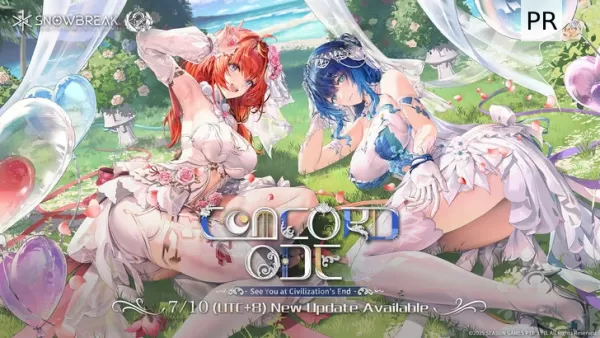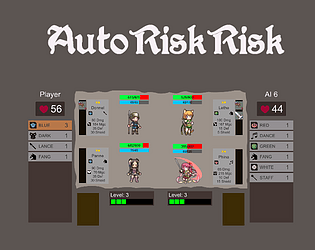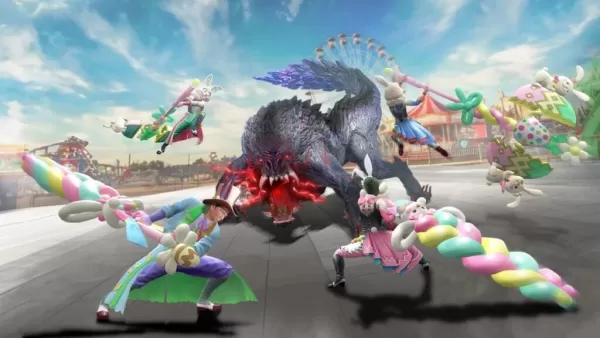Monster Hunter: Exploring Themes and Narrative in Depth
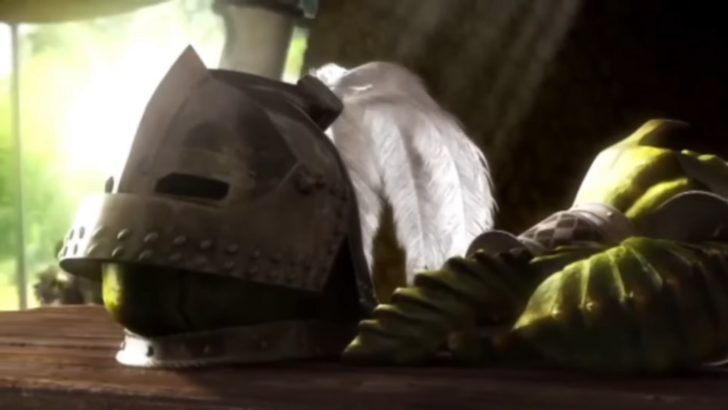
The narrative of Monster Hunter may often be overlooked due to its seemingly straightforward nature, but is there more depth than meets the eye? Let's delve into the themes and stories that enrich this beloved series.
← Return to Monster Hunter Wilds' main article
Evolution of Narratives in Monster Hunter
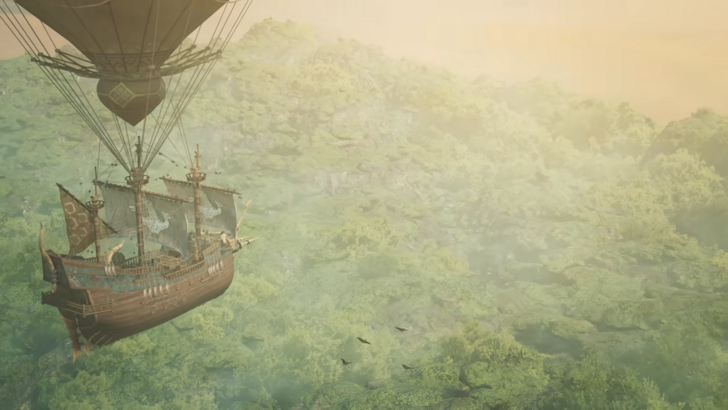
While Monster Hunter is primarily known for its action-packed gameplay and mission-based structure, it's a mistake to dismiss its narrative entirely. The series may not be story-driven in the traditional sense, but it weaves a compelling tale through its quests and encounters. Let's explore the deeper narratives and themes that lie beneath the surface of this iconic franchise.
How It All Starts

In Monster Hunter, your journey typically begins as a novice Hunter taking on quests from a village elder or leader. As you progress, you climb the ranks, tackling increasingly formidable monsters until you conquer the ultimate challenge of the game. This cycle of growth and triumph is a staple across the series, yet recent titles like Monster Hunter: World and Monster Hunter: Rise have introduced more structured storytelling, enhancing the narrative experience.
Protecting the Natural Order

A recurring theme in Monster Hunter is the Hunter's role as a guardian of ecological balance. For instance, in Monster Hunter 4, the Gore Magala's Frenzy Virus threatens the ecosystem, pushing the Hunter to restore harmony. However, Monster Hunter: World and its expansion, Iceborne, delve deeper into humanity's relationship with nature. The endings of these games highlight the ongoing learning process humans must undertake to truly understand and respect the natural order.

In Iceborne, the revelation of Nergigante as nature's enforcer of balance underscores the game's thematic focus. The base game's conclusion positions the Hunter as the "Sapphire Star," a guiding light echoing the in-game creation myth, The Tale of the Five. This suggests the Hunter's role as a steward of the New World. The expansion's ending, however, introduces a more reflective tone, reminding players that nature's resilience often surpasses human understanding and intervention.
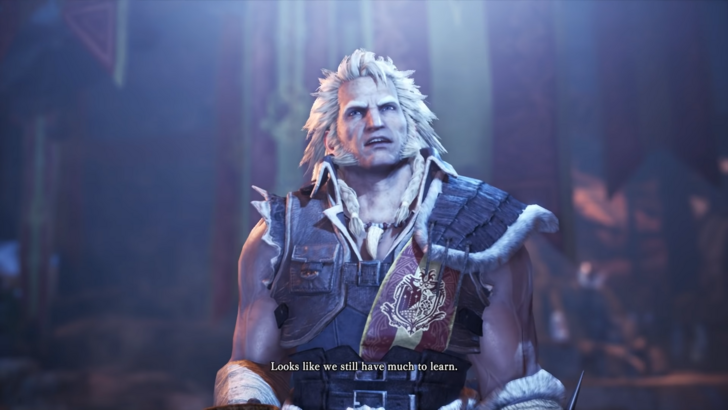
Monster in the Mirror
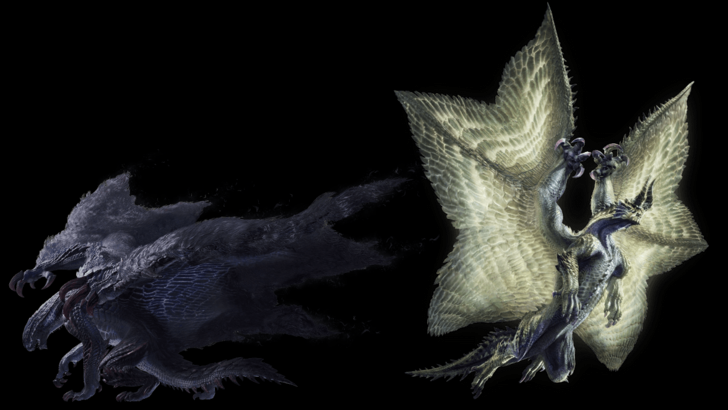
The narrative of Monster Hunter often reflects the player's journey through the monsters themselves. In Monster Hunter 4, the transformation of Gore Magala into Shagaru Magala mirrors the player's progression and equipment upgrades. This theme of mutual adaptation is further exemplified by the Ahtal-Ka in Monster Hunter Generations Ultimate.
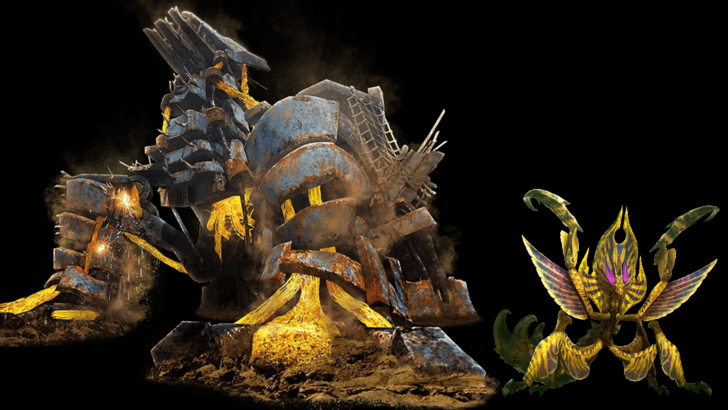
Ahtal-Ka, a seemingly innocuous bug, becomes a formidable final boss by piloting a mechanical creation, the Ahtal-Neset, and even wielding a giant wheel as a weapon. This monster's ingenuity reflects the Hunters' own resourcefulness, showcasing how both the player and the monsters evolve through their encounters.
Man Versus Wilds: Your Story
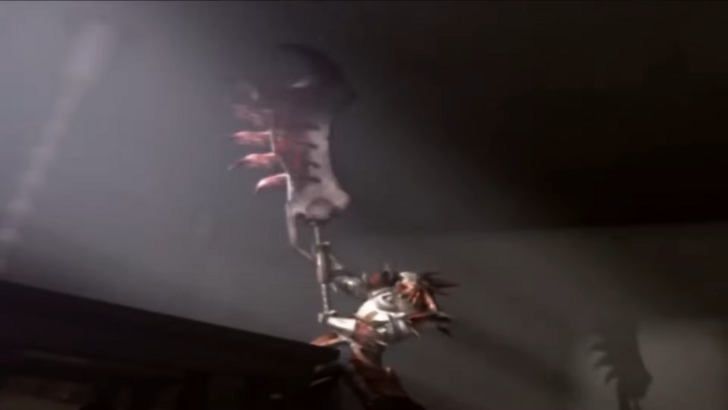
At its core, Monster Hunter is about the player's journey of growth and mastery. The series captures the thrill of overcoming challenges, much like the Souls series, where the satisfaction comes from conquering difficult foes. The introduction of Tigrex in Monster Hunter Freedom 2 exemplifies this, setting the stage for your quest to defeat the monster that once bested you.
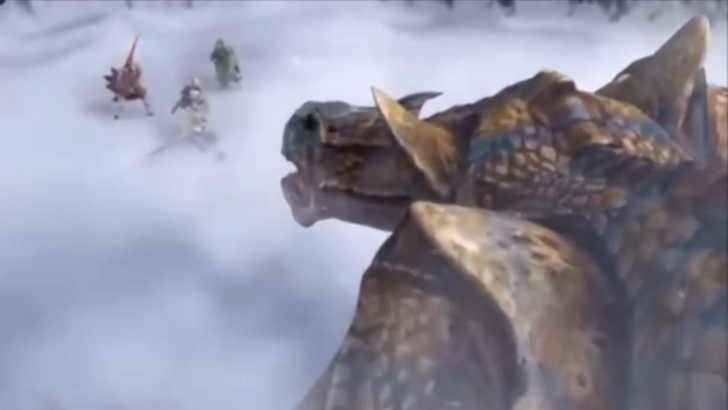
As you progress, the game cleverly uses these encounters to motivate and engage players, creating a personal narrative of triumph. The newer titles, such as Monster Hunter: Wilds, are taking this further by emphasizing a more structured story, enhancing player investment in the game world.
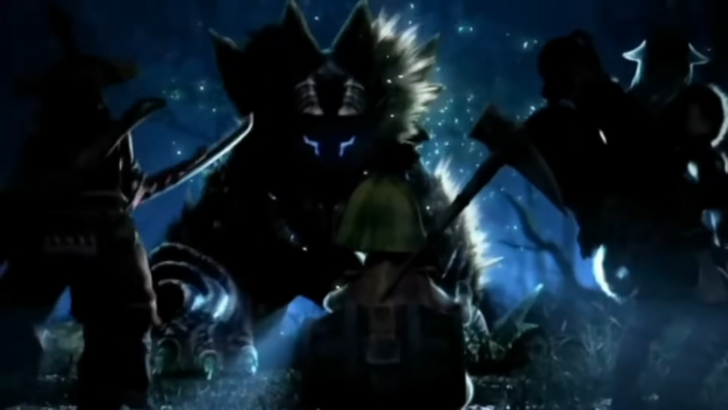
While the Monster Hunter franchise may not always be lauded for its storytelling, it excels in crafting a narrative that resonates with players on a personal level. Through its themes of ecological balance, mutual adaptation, and personal growth, Monster Hunter offers a rich and engaging experience that goes beyond its action-packed gameplay.
-
Red Bull is elevating its passion for extreme sports with Red Bull Playgrounds, a dynamic title that combines BMX, skateboarding, and parkour into one imaginative experience. Now available globally, it delivers non-stop urban athletic action—no helmeAuthor : Aaron Dec 20,2025
-
The second anniversary update for Snowbreak: Containment Zone is here, packed with giveaways, new characters, and fresh game modes! Discover what this major milestone brings to the game.Snowbreak Concord Ode Update Delivers Special Codes, Free 5-StarAuthor : Elijah Dec 20,2025
- Spring Valley Farm Game: January 2025 Redeem Codes
- WWE Superstars Join Call of Duty Warzone: Mobile Roster
- Midnight Girl is a minimalist point-and-click adventure set in Paris in the 60s, now open for pre-orders on mobile
- Mobile Legends: Bang Bang – Best Lukas Build
- "Grand Outlaws Unleashes Chaos and Crime on Android Soft Launch"
- Video Game Song Surpasses 100 Million Streams on Spotify


